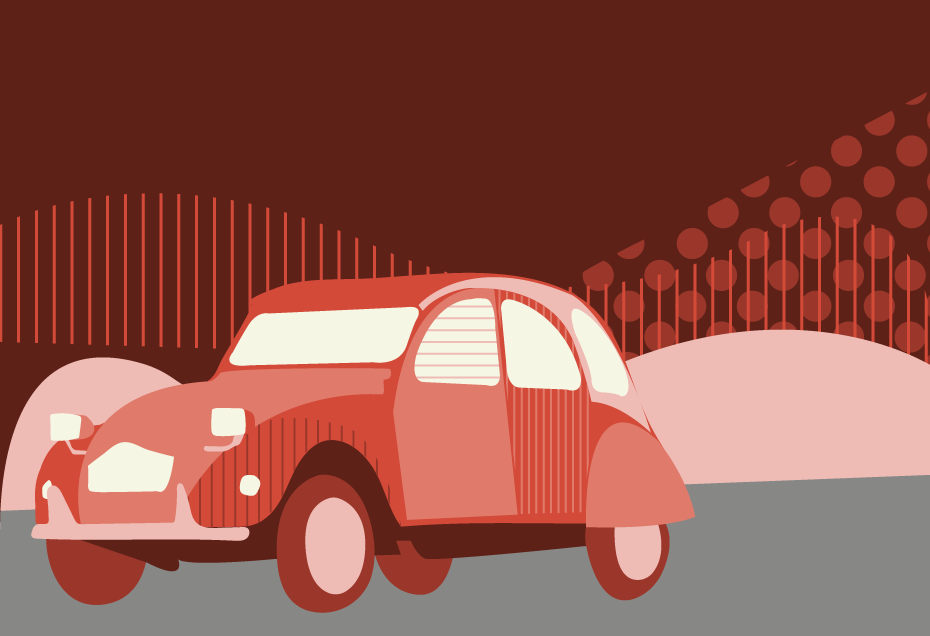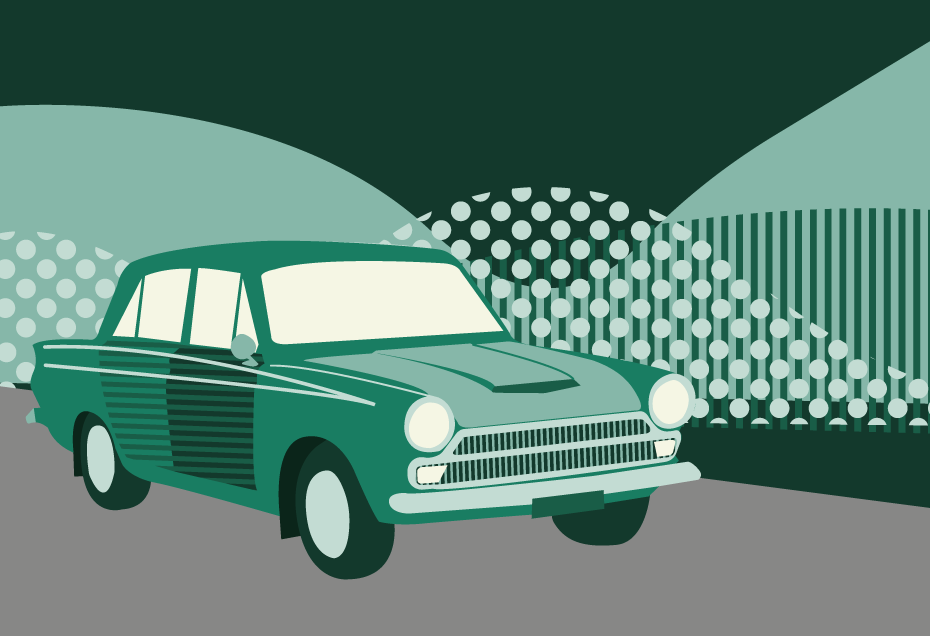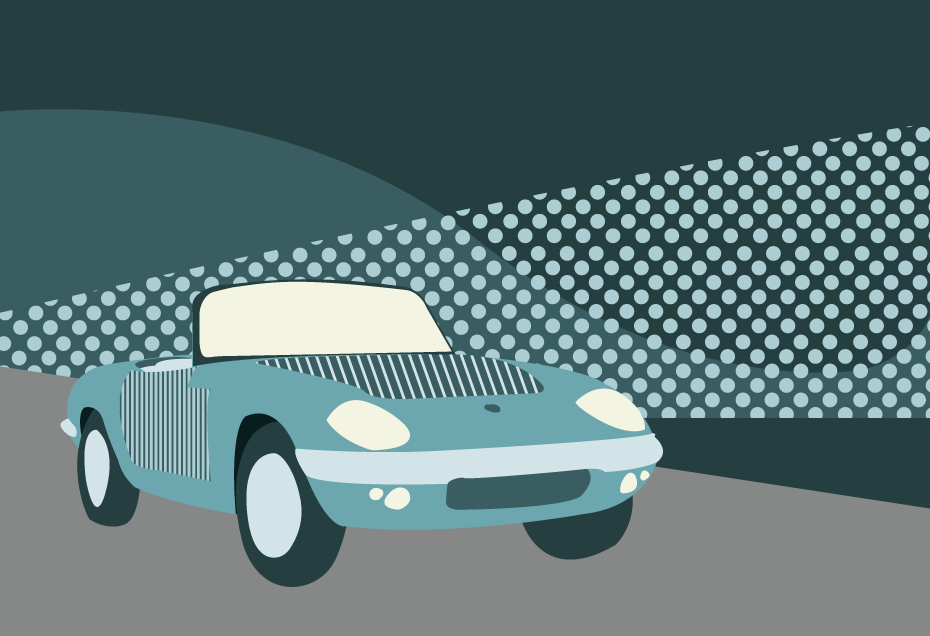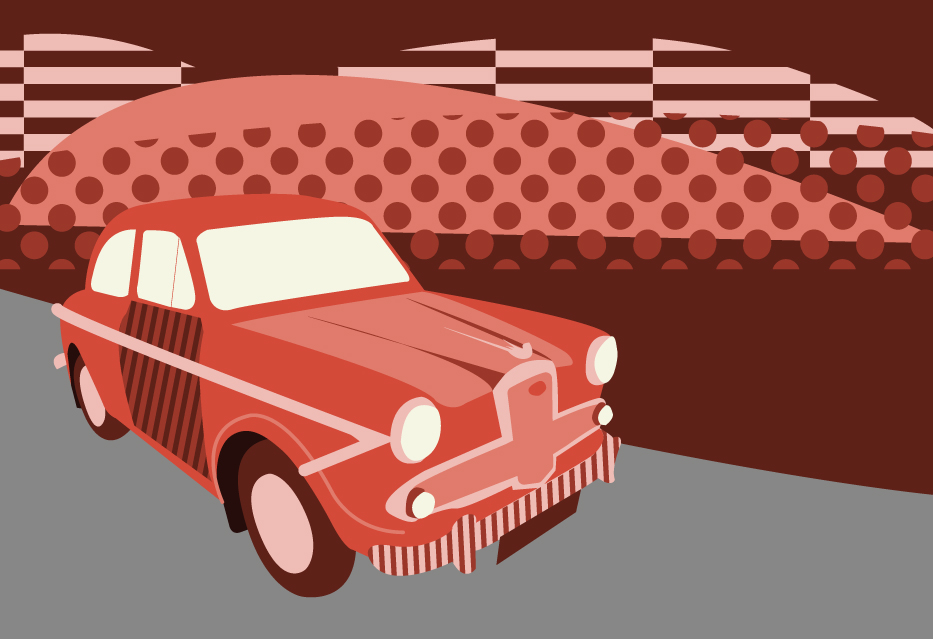The Germans may have had the Beetle, but to the French the 2CV was the ultimate people’s car and every bit as iconic.
It may not have gained quite the same global love as the Beetle, but the “tin snail” played a vitally important role in getting post-war France on the move and went on to enjoy a 42-year production run of more than 3.8 million vehicles.
We take a look at the intriguing history of Citroen’s quirky legend.
In 1930s France, a large number of farmers were still using horses and carts to transport their wares to market.
So Citroen vice-president Pierre Boulanger conceived a small, affordable car to help motorise the rural French and bring them into the 20th century.
His brief for the car stipulated an ability to carry four people and 50kg of potatoes, reach a top speed of 37mph and consume 3 litres of fuel per 100km while ensuring a comfortable ride.
Famously, the vehicle should be able to drive across a ploughed field while carrying eggs to market, without breaking any of them.
Two years after its conception, a number of prototype 2CVs were made, initially called Toute Petite Voiture (very small vehicle) and featuring corrugated metal sloping bonnets and a single headlight as required by French law at the time. The seats were hammocks hung from the roof by wires.
After three years of development and more than 250 prototype TPVs, the car was finally ready for production as the 2CV in 1939. Brochures were printed and the launch was set for the Paris Motor Show in October.

But with just a month’s notice, the show was cancelled as a sense of impending doom enveloped France with the outbreak of war and the increasing threat of a German invasion looming.
Boulanger refused to collaborate with the Germans during occupation, and even organised sabotage efforts against production to hamper the German war effort.
Fearing a military use for the prototype TPVs, a number were buried or hidden. Three remained hidden until as late as 1994 when they were discovered in a barn, and only five exist today.
After the war, production of the revised 2CV – now with steel panels instead of aluminium, and two headlights – was further hampered by the socialist government’s attempt to husband scarce resources by allocating French car manufacturers different sectors of the market.
Citroen was allocated just the upper middle range of the market with the Traction Avant, while newly-nationalised Renault was given the economy car market.
Nearly 12 years after its conception, the car had still not been launched and was nicknamed “Toujours Pas Vue” (still not seen) by the French media.
The 2CV was finally revealed to the public at the Paris Salon in October of 1948, and was immediately roundly mocked by the motoring press.
Adrian Flux Classic Car Insurance
An American journalist joked: “Does it come with a can opener?” And Autocar reported that the 2CV “is the work of a designer who has kissed the lash of austerity with almost masochistic fervour”.
But they had completely missed the point. By the end of the war only 100,000 of the 2 million pre-war cars on the road were still moving, and the horse and cart had once again become the primary mode of rural transport.
A small, affordable car was desperately needed, and the 2CV – only available in grey – was an instant commercial success. Within months of going on sale there was a three-year waiting list, soon increasing to five, and the price of a second-hand car overtook that of a new one because of its immediate availability.
The canvas rolltop roof that would become a lifelong option on the cars was present right from the start, and in 1951 – with production of the cars increasing to 100 a week – the Fourgonette van that would come to dominate the small delivery market was introduced. About 1.2 million of the vans would be made in the coming decades.

The van had collapsible rear seats and side windows, making it a pioneering example of the dual-purpose commercial and family vehicle seen today in the Citroen Berlingo and Renault Kangoo.
Sales of the vehicles were strictly rationed, with each purchaser verified as needing their car for work rather than purely as a leisure vehicle.
Top of the list were country vets, doctors, midwives, priests and the small farmers that it was originally designed for.
Other variants followed, including the four-wheel-drive Sahara, used primarily by the military, French oil companies and the police.
In the late 1950s, competition in the small car market increased with the Fiat 500, Mini and Renault 4, which looked very much like a more modern, rounded 2CV and eventually outsold its Citroen inspiration.
As the war became more distant and the Swinging Sixties arrived to lift spirits and usher in a new era of consumerism, Citroen stepped up marketing efforts of a car that was essentially unchanged in its design for more than 20 years.
Like our illustration of the Citroën 2CV at the beginning of the article?
Download a free high-quality poster version here.
Playing on its idiosyncratic and anachronistic styling, the 2CV was sold as “more than just a car – a way of life”, and colours other than grey were finally available.
The 2CV had plenty of catching up to do to distance its image from that of a post-war austerity vehicle, and it wasn’t until 1964 that a fuel gauge was added.
The hatchback Citroen Dyane variant was launched in 1967, and some 70s vehicles featured rectangular headlamps.
The oil crisis in 1974 prompted huge interest in the economical and cheap-to-buy 2CV, and production peaked in that year.
Throughout the 70s and early 80s, the 2CV, much like the Beetle, became a lifestyle choice for young people who loved the low cost, cheap insurance, and quirky, fun styling.
Harking back to its austere origins, a base model Special was launched in 1975, only available in yellow, and containing virtually no trim whatsoever, not even an ashtray.

The most famous 2CV of them all was the bright yellow model driven by Roger Moore as James Bond in For Your Eyes Only. Utilising the 2CV’s legendary roadholding ability to out-run his pursuers in Peugeot 504s through a Spanish olive farm, it prompted Citroen to produce a run of 007 specials bearing the famous numbers and fake bullet holes in the panels.
Other variants introduced as marketing ploys as the 2CV neared the end of the road were the Art Deco style Charleston, the two-tone Dolly and the Bamboo.

For the final two years of production, from 1988 to 1990, the 2CV was built in Portugal, but the cars are still in demand today, with one Bradford company buying wrecks for a few hundred pounds and selling them fully refurbished for up to £11,000, with new panels and chassis.
With the 2CV’s contemporaries, the Fiat 500, Mini and Beetle all having undergone retro-styled rebirths in recent years, there is surely a market for something similar for one of the most popular classic models in history.
A new 2CV has long been mooted, and the DS2 which takes styling cues from its predecessor was slated to appear in 2012. Alas, Citroen’s bosses have yet to make the car available.
Insurance from Adrian Flux
Get competitive classic car insurance for all types of Citroen 2CV with Adrian Flux.
Features can include:
- Agreed value
- Limited mileage discounts
- Owners club discount
- Laid up cover
- Wedding hire cover







